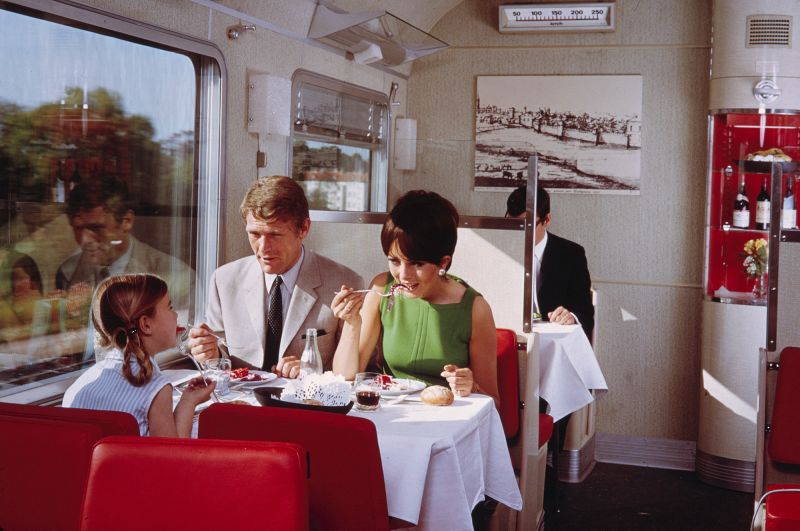Why Dining on a Train Was Once the Ultimate Luxury
Dining on a train was once the epitome of luxury travel, particularly during the 1920s, which marked a “golden age” for rail travel in the West. The iconic Orient Express, which embarked on its inaugural journey from Gare de l’Est in Paris in 1883, set the standard for onboard dining. The train’s dining car featured a menu that included delicacies such as oysters, chicken chasseur, and turbot with green sauce. The ambiance was enhanced by silk drapes and artwork displayed between the windows, creating an opulent setting for passengers.
The dining car’s kitchen was a logistical marvel, with meals prepared and sometimes pre-cooked in a central kitchen in Paris. This decentralized model allowed for the efficient serving of hot meals to over 100 guests, a feat that was revolutionary at the time. The convenience of dining on Wagons-Lits masked the complexity of this operation, which included transforming luggage racks into Art Deco masterpieces and using silver cutlery and fine china.
By the 1940s, Wagons-Lits was serving approximately 2.5 million meals annually, but this decentralized model also sowed the seeds for the decline of the dining car experience. The rise of air travel and personal vehicle ownership during the 1950s diminished the perception of trains as the epitome of luxury travel. By the 1980s, kitchens had largely disappeared from Europe’s railways, and dining cars were primarily found on tourist services.


